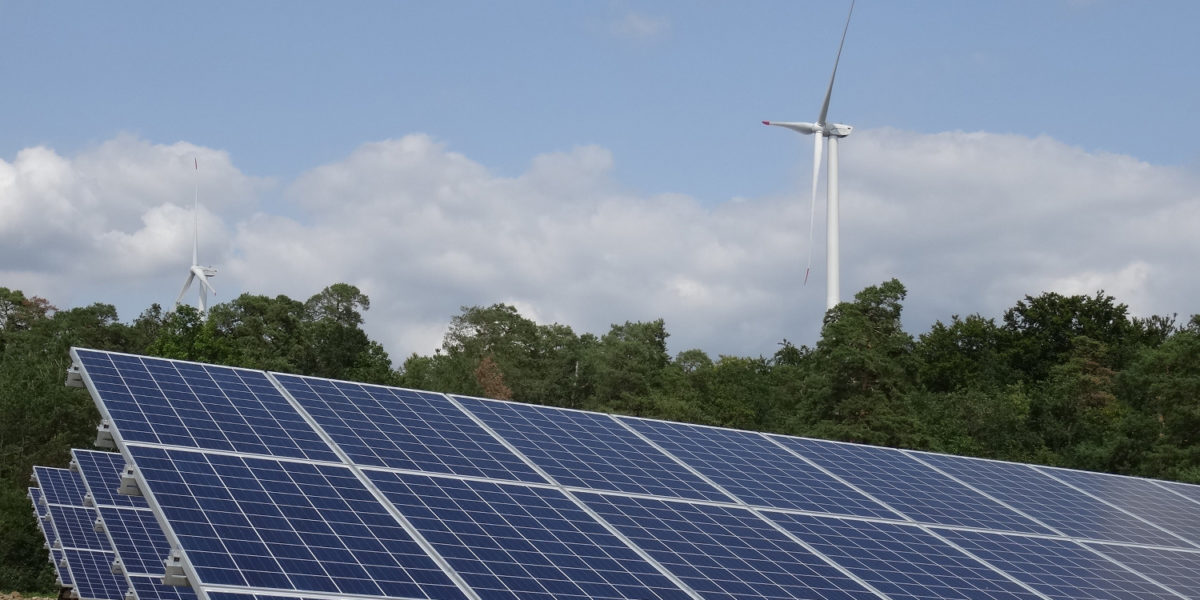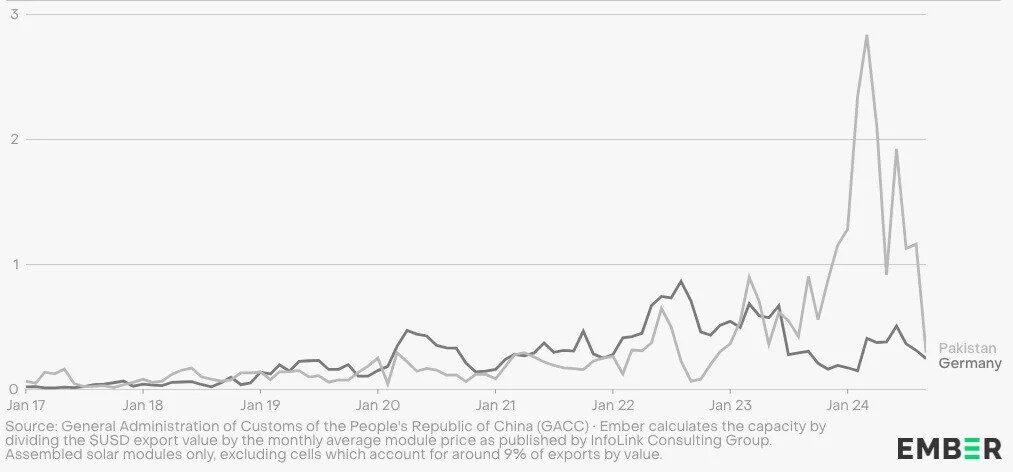While positive policy signals from China have bolstered this year’s global PV forecasts, the nation’s battery fleet has welcomed its largest energy storage facility, which will be integrated with a hybrid project in Golmud, Qinghai province.
The Luneng Haixi Multi-mixed Energy Demonstration Project – which integrates 650 MW of combined wind, solar and concentrating solar generation – is now hosting a utility-scale storage system delivered by Contemporary Amperex Technology Co. Limited (CATL).
Hui Dong, chief scientist at the China Electric Power Research Institute, said the battery is “the world’s first and China’s largest electromechanical energy storage station with virtual synchronous generator”.
Given the big volume of intermittent generation on the site, CATL said the battery system is a crucial component of the project, and noted it took only 17 days to test and commission.
Logistical challenges
“The station is the first of its kind – a multi-functional, centralized power plant integrated with an electrochemical energy storage system,” said Huang Shilin, vice chairman and chief strategy officer at CATL. “Its technical reliability and affordability will promote further global deployment of different renewable energy applications.”
The battery manufacturer said the project’s location in the heart of China posed a logistical challenge for delivery, in an area prone to earthquakes and temperature swings. As temperatures in Golmud vary from minus-33.6 to 35.5 degrees Celsius, CATL had to deploy a cooling system that uses air passages and airflow to maintain a consistent cabinet temperature. To protect the battery from overcharging and discharging, over-current and temperature challenges during its 15-year life, the system was delivered with three-layer relay protection.
Golmud also lies in an active seismic zone, ensuring vibration and shock absorption was necessary in the battery system. Noting structural requirements on the project were tough, CATL said its test and validation center carried out rigorous testing and simulation to prove its batteries were able to withstand a potential magnitude 8 earthquake.
EVs leave stationery storage standing
With China’s stationary energy storage uptake still very much in the shadow of its burgeoning electric vehicle market, CATL also boasts a strong foothold in the EV sector. Only this week, the Chinese manufacturer partnered with Honda Motor to supply 56 GWh worth of batteries through 2027.
Last year, the company announced plans to invest in Europe’s first battery cell factory, which will have a projected annual production capacity of 14 GWh and will cater primarily for the EV industry. CATL has also signaled plans to begin manufacturing next-generation low-cobalt, nickel-rich batteries (NCM 811) this year, as reported by Reuters.
With an ambition of becoming the world’s largest EV battery producer by next year, CATL purchased more than 90% of the shares in Canadian lithium company North American Lithium Inc, from Jilin Jien Nickel Industry, to secure supplies of the key raw material.
This content is protected by copyright and may not be reused. If you want to cooperate with us and would like to reuse some of our content, please contact: editors@pv-magazine.com.




1 comment
By submitting this form you agree to pv magazine using your data for the purposes of publishing your comment.
Your personal data will only be disclosed or otherwise transmitted to third parties for the purposes of spam filtering or if this is necessary for technical maintenance of the website. Any other transfer to third parties will not take place unless this is justified on the basis of applicable data protection regulations or if pv magazine is legally obliged to do so.
You may revoke this consent at any time with effect for the future, in which case your personal data will be deleted immediately. Otherwise, your data will be deleted if pv magazine has processed your request or the purpose of data storage is fulfilled.
Further information on data privacy can be found in our Data Protection Policy.